Children at war with starvation, bombs and polio in Gaza
On the first day of September, the United Nations, in partnership with Palestinian health authorities, rolled out a campaign to vaccinate children in the Gaza Strip against the polio virus, which can lead to paralysis or even death in young children.
Polio is a severe infection that can spread rapidly, particularly in unsanitary conditions, as it is transmitted through contact with feces.
Since October the seventh, the Israeli military has dismantled water supply and wastewater disposal systems throughout the Palestinian territory, resulting in waste accumulation in small areas where hundreds of thousands of civilians have been forcibly displaced.
The government media office in Gaza reports that the Israeli army has also halted the removal of waste from civilian areas by exerting control over waste disposal sites and targeting municipal workers, equipment, and, systems responsible for waste management.
The World Health Organization says that the disruption of routine immunization campaigns in the occupied Palestinian territory, including Gaza, has played a role in the reemergence of the virus.
To prevent further outbreaks, at least 95% of children need to be vaccinated. In other words, approximately 640,000 children aged from one day to 10 years require a type two polio virus vaccine.
Nevertheless, the vaccination campaign alone will not suffice to prevent the spread of the virus. It fails to tackle the fundamental issues of hygiene, sanitation and access to clean water, essential components in the eradication of polio, which seems elusive in wartime.
In addition to causing death and injury, the war has disrupted routine health care services. Many hospitals in Gaza have been destroyed or damaged and those still functioning are facing shortages of essential staff and supplies.
To make matters worse, approximately 1.9 million people are internally displaced within Gaza, further hindering their access to health care.
Meanwhile, campaign organizers encounter numerous challenges as the safety of healthcare workers is jeopardized by ongoing violence and instability.
The conflict has already resulted in the deaths of over 500 healthcare professionals.
One of the biggest problems we're having, and one of the biggest challenges, is actually safely distributing the vaccination.
It's far too dangerous for them to travel, to move. There is ongoing fighting. There was a lot of strikes this morning and through the night.
So the fighting has not stopped by any means. There are some pauses throughout the day, but it's not guaranteed.
We don't have guaranteed safety to people, and we really need that to reach all the children to get that 90% success rate.
Louise Wateridge, UNRWA Spokesperson
Additionally managing vaccine logistics can be complicated even in non-conflict regions. Most vaccines require specific conditions for transportation and storage.
For instance, the polio vaccine becomes rapidly spoiled at temperatures above eight degrees Celsius and must be stored at temperatures between minus 15 degrees Celsius and minus 25 degrees Celsius before reaching healthcare facilities.
To ensure product viability and patient safety, the cold chain must remain intact.
We are right now in the central cold state storage where we have received more than 1.2 million doses of the Polio 2 vaccine, Polio type 2 vaccine and approximately 400,000 further doses are en route. These doses have been maintained in the cold chain, and these will be transported today to the various distribution points in the middle area.
Dr Deepak Kumar, Technical Officer, World Health Organization
While necessary refrigeration equipment has been brought into Gaza, the transportation and storage of vaccines has been hindered by damaged roads, buildings and power supplies. A limited electricity supply and ongoing fuel shortage further complicates the maintenance of cold storage.
For full vaccine protection, the children in Gaza will require a second dose within two months of the first, this will necessitate agreed upon pauses in fighting to facilitate the process, along with mobilizing resources to sustain these efforts and ensuring the safety of health care workers.
Prior to the first rollout initiated on September 1, Israel had dismissed calls from the United Nations for a ceasefire, opting instead for localized humanitarian pauses lasting only a few days.
Concurrently, it escalated its bombing campaign in Gaza and carried out mass expulsions of civilians.
Between August 19 and 24, the Israeli Army issued the highest number of evacuation orders in a single week since October 7, prompting the UN to temporarily suspend its humanitarian operations.
And again on September 5, Israel declined to coordinate the entry of medical teams for polio vaccinations in the area east of Khan Yunis in the southern Gaza Strip, home to a significant portion of the target group of children.
It remains uncertain whether the UN will achieve its goal of vaccinating 640,000 children due to challenging operational conditions, the significant number of displaced individuals, Israeli restrictions on fuel supplies necessary for running generators and refrigerators to store the vaccines, and Israel's refusal to fully cease hostilities.
The effort to protect Gaza's children is further complicated by the ongoing Israeli bombing across all areas of the Palestinian territory, including the so-called safe zones that were designated by the occupying forces shortly after the war began, and on several occasions thereafter.
When all is said and done, the suffering of Gaza's children extends beyond the lack of vaccinations.
As of August 19, at least 16,480 children were killed directly due to the war, with thousands more unaccounted for, presumed dead, beneath the rubble of their homes and other civilian infrastructure destroyed by Israeli attacks.
Among those lost, the Palestinian Ministry of Health in Gaza reported that 115 were infants. Many Palestinian children have also succumbed to starvation.
According to the Ministry, at least 3,500 children in Gaza are facing a similar fate due to a lack of food and malnutrition exacerbated by the Israeli restrictions on food deliveries.
Furthermore, over 17,000 children in Gaza have lost one or both parents since the conflict began last October.
A significant reason why children comprise a large portion of war casualties is that homes, schools and shelters for the displays have been primary targets of relentless Israeli bombardment.
According to the Palestinian Ministry of Education, as of July the second, 8,572 students in Gaza and 100 in the occupied West Bank have been killed by the Israeli army, with an additional 14,089 students in Gaza and 494 in the West Bank, injured.
These represent the most devastating losses suffered by Palestinian children in a relatively short time, since the Nakba, the destruction of the Palestinian homeland in 1948.
International and humanitarian law mandates special respect and protection for children during armed conflicts, while these laws may, theoretically, apply to Palestinian children, their enforcement in practice is severely lacking.
How 8-year-old Lebanese child Fawaz nixed Ben Gurion’s 76-year-old fallacy
VIDEO | 700,000 Cubans rally at US embassy in Havana against trade embargo
Iranian embassy staffer assassinated by terrorists in Damascus
VIDEO | Press TV's News Headlines
Scandalous detention of Iranians by US to extort information
VIDEO | Israeli forces open fire on Syrians protesting occupation
Ezzedine al Qassam: the man who inspired armed struggle against Israeli occupation
Yemeni army claims hypersonic missile attack on Tel Aviv



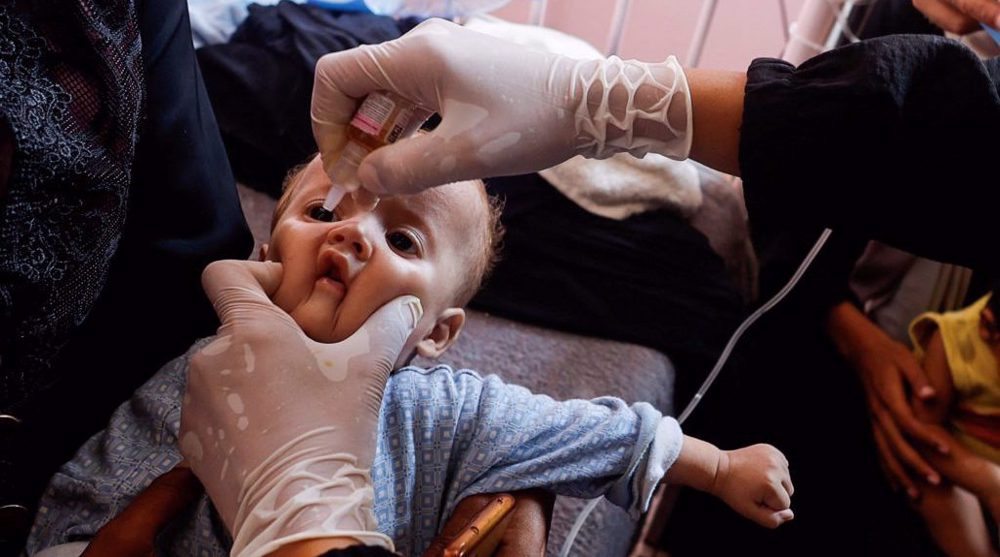

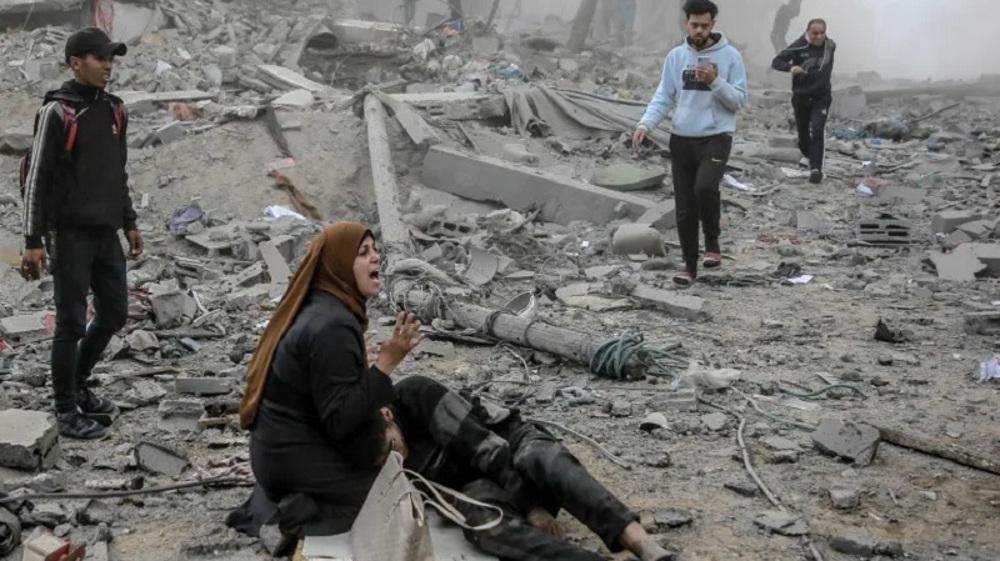
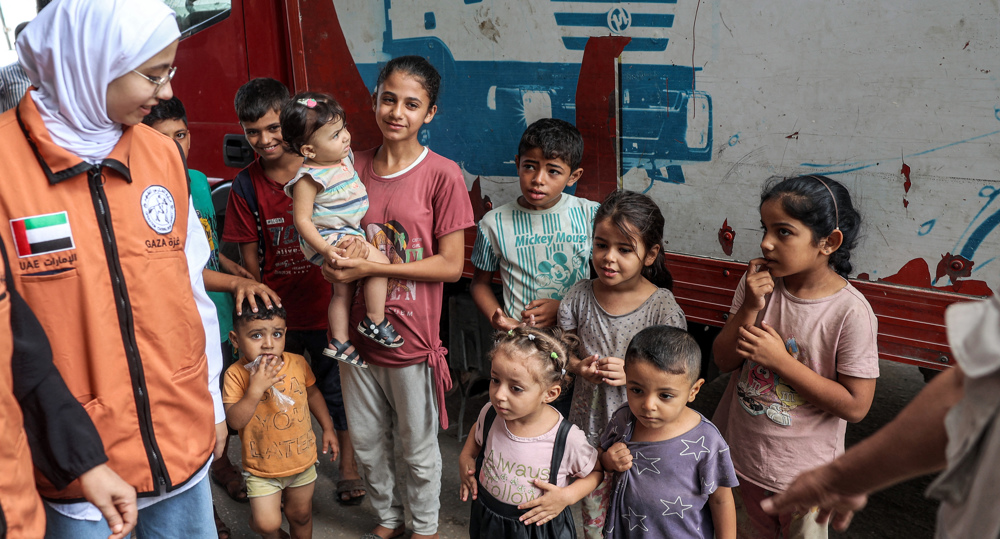
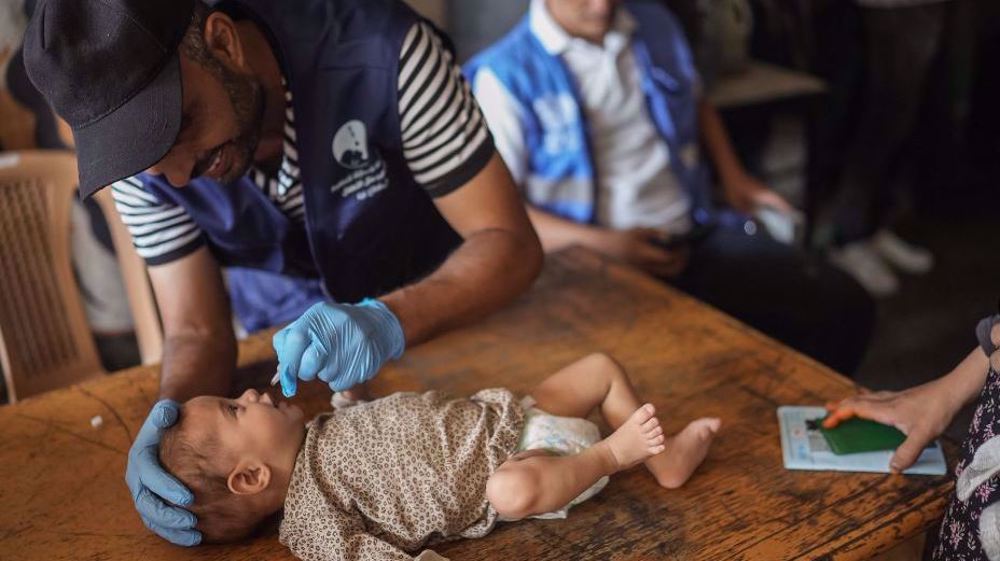

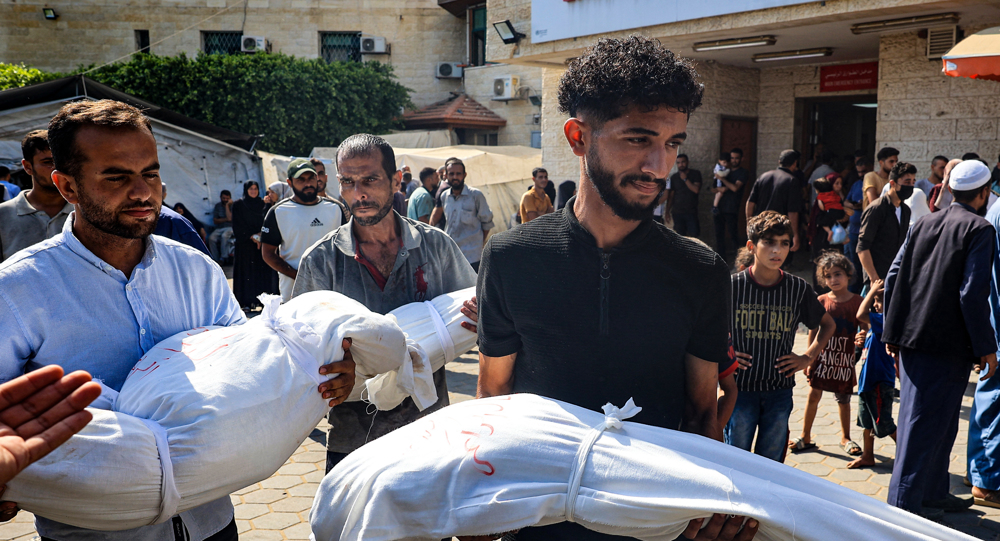



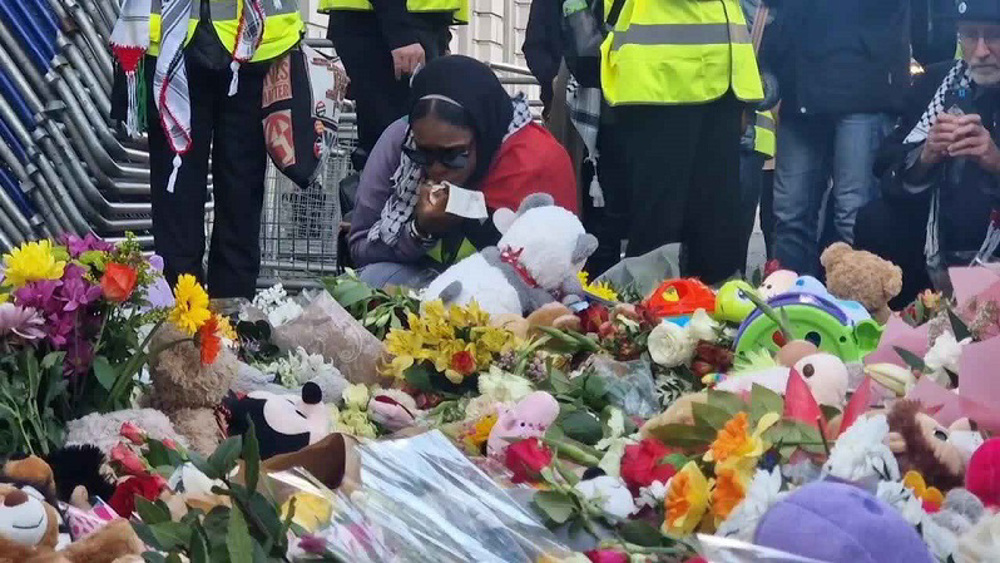




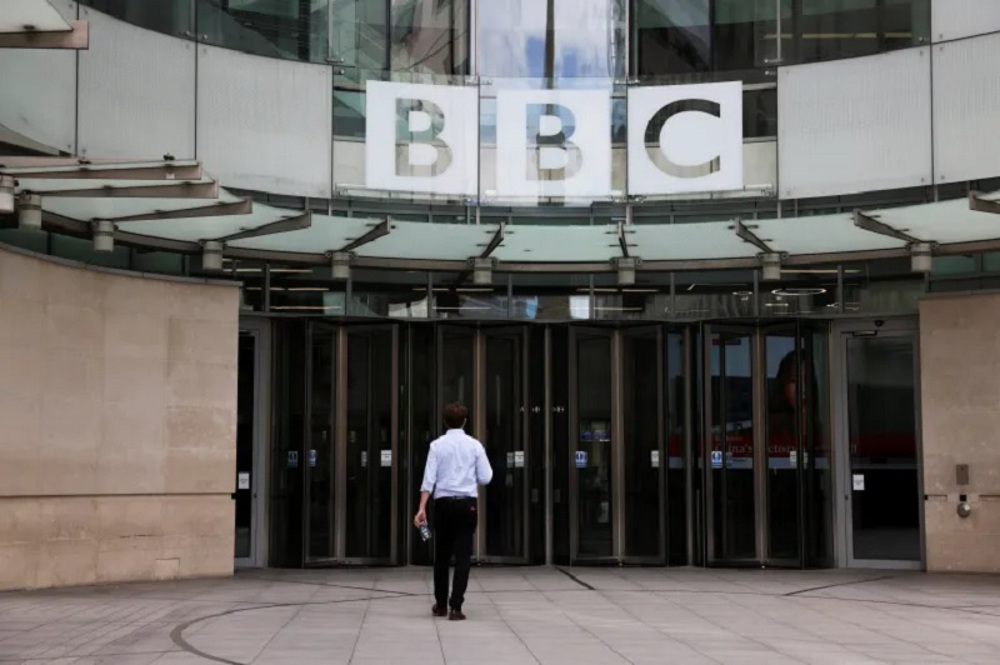

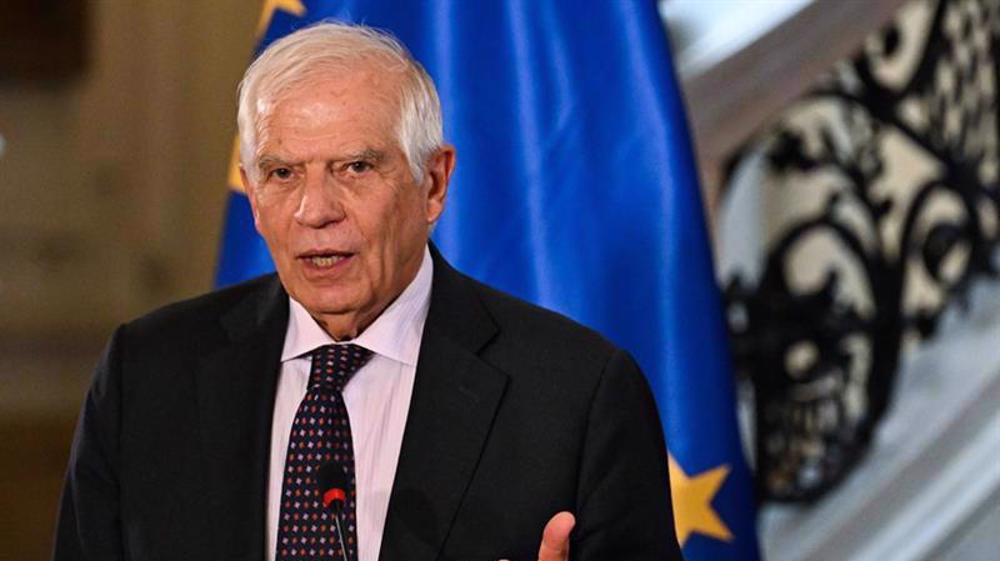
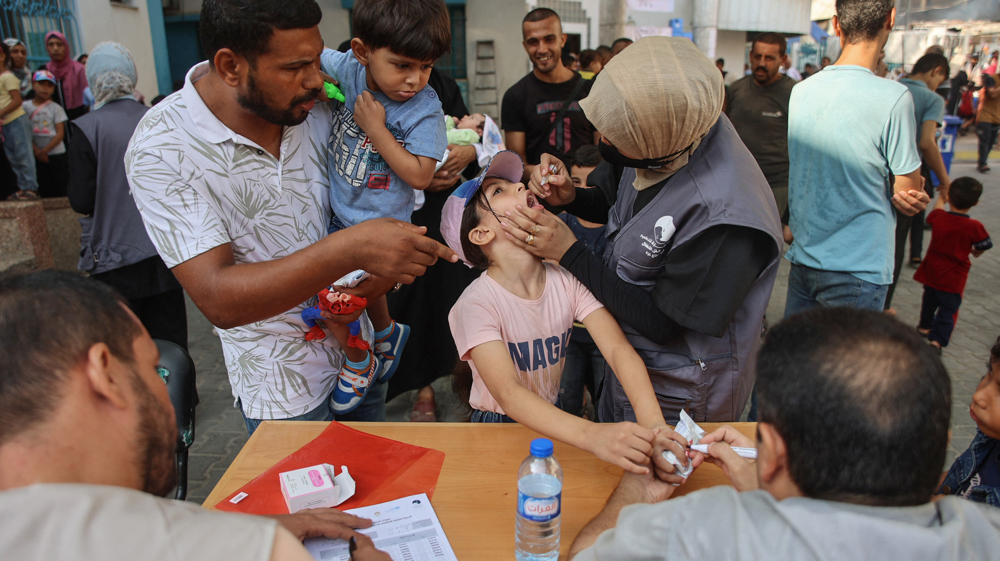

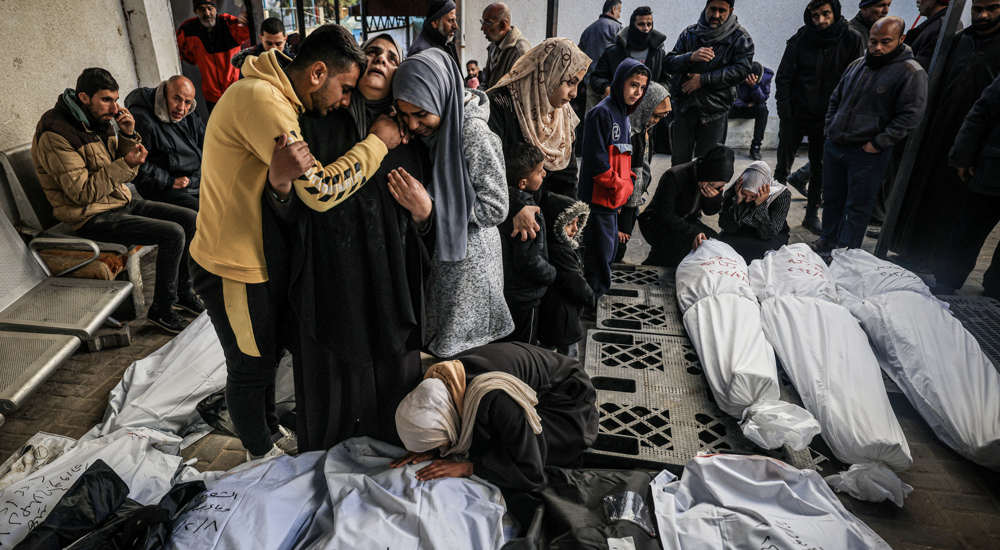
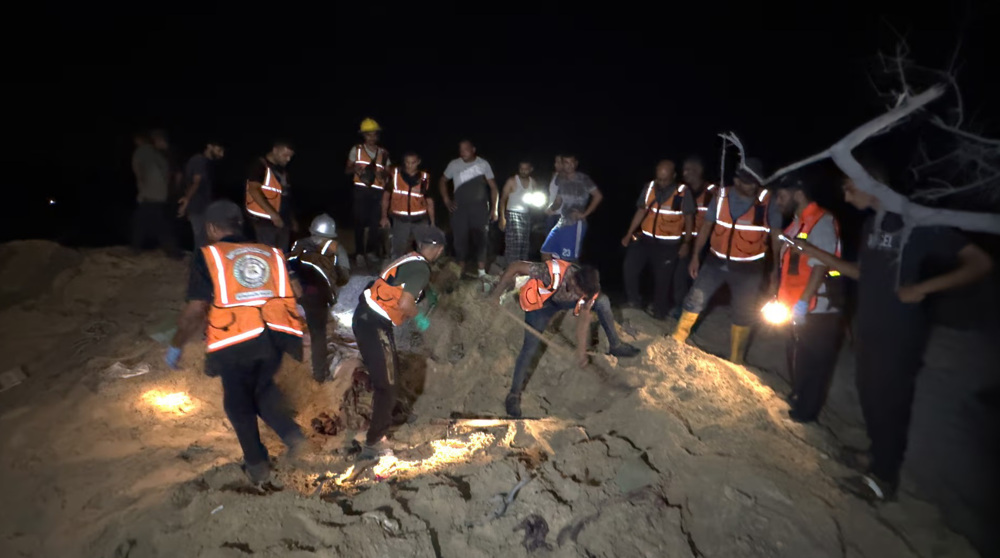

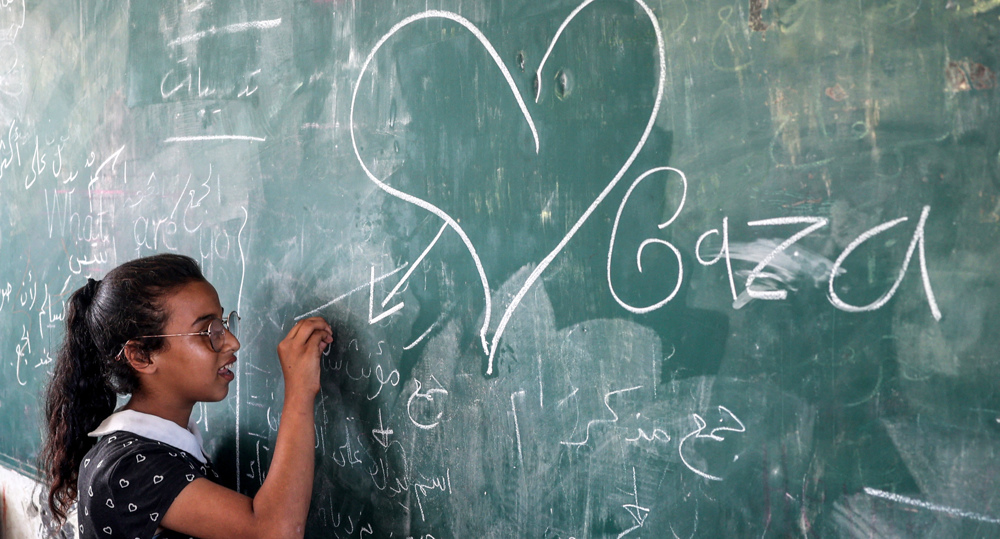

 This makes it easy to access the Press TV website
This makes it easy to access the Press TV website